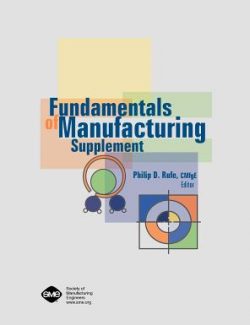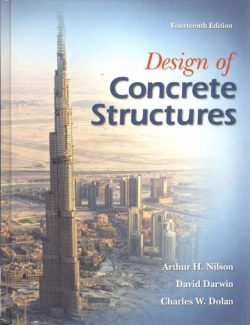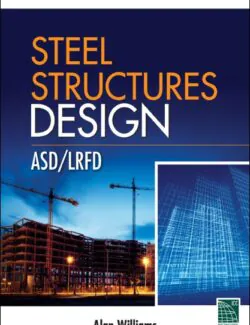Description
Steel Design, Fifth Edition covers the fundamentals of structural steel design for buildings. This book is intended for junior-and senior-level engineering students, although some of the later chapters can be used in a combination undergraduate/graduate course. Practicing civil engineers who need a review of current practice and the current AISC Specification and Manual will find the book useful as a reference. Students should have a background in mechanics of materials and analysis of statically determinate structures. Knowledge of statically indeterminate structural analysis is not a prerequisite for the use of this book.
The application of fundamental principles is encouraged for design procedures as well as for practical design, but a theoretical approach is also provided to enhance student development.
While the book is intended for junior-and senior-level engineering students, some of the later chapters can be used in graduate courses and practicing engineers will find this text to be an essential reference tool for reviewing current practices.
Structural design is a complex endeavor, involving the synthesis of many processes. This book does not cover the integrated design of buildings, but presents some of the “building blocks” for structural steel design. We focus on the analysis and design of individual members and connections, rather than complete structures.













Leave us a comment
No Comments